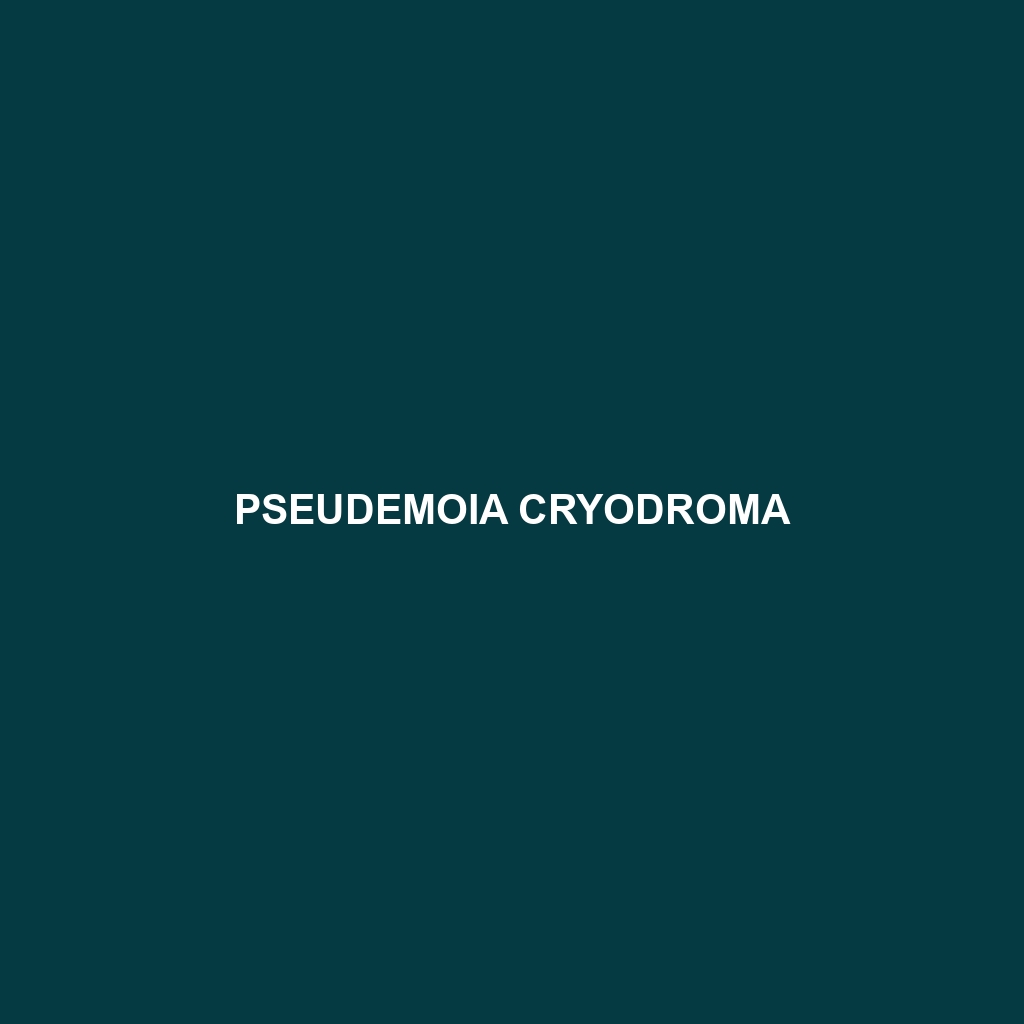Prasinohaema flavipes, commonly known as the yellow-lipped green tree skink, is a vibrant, insectivorous reptile inhabiting the tropical rainforests of New Guinea and Australia. Recognized for its striking green color and yellow markings, this agile arboreal skink plays a crucial role in controlling insect populations within its ecosystem.
Tag: Australian wildlife
Pogona vitticeps
<p><b>Pogona vitticeps</b>, commonly known as the Central Bearded Dragon, is a robust, diurnal lizard native to the arid regions of Australia, characterized by its distinctive throat flaps and adaptability. These omnivorous reptiles thrive on a varied diet of insects and vegetation, making them popular pets while playing a vital role in their ecosystem as both predator and prey.</p>
Pogona barbata
<p><b>Pogona barbata</b>, also known as the Eastern Bearded Dragon, is an adaptable lizard native to eastern Australia, characterized by its robust body, distinctive beard-like throat, and a diet of insects and vegetation. These diurnal reptiles thrive in diverse habitats and play a crucial role in maintaining ecological balance.</p>
Pseudonaja guttata
<p><b>Pseudonaja guttata</b>, commonly known as the Spotted Brown Snake, is a slender, nocturnal snake found in southeastern Australia, characterized by its distinctive light to dark brown coloration with darker blotches, measuring 100 to 150 cm in length. This carnivorous reptile plays a vital ecosystem role by regulating small mammal populations and demonstrates fascinating behaviors such as ambush hunting and ritualized combat during the breeding season.</p>
Pseudonaja affinis
<p>The <b>Black-naped Snake</b> (<i>Pseudonaja affinis</i>) is a slender, nocturnal predator native to eastern and northern Australia, characterized by its dark brown or black coloration and a distinctive black nape. Primarily a carnivore, it plays a crucial role in regulating local ecosystems by preying on small mammals, birds, and reptiles.</p>
Pseudonaja aspidorhyncha
<b>Pseudonaja aspidorhyncha</b>, commonly known as the eastern brown snake, is a highly adaptable and agile species found in diverse habitats across eastern Australia. Characterized by its slender body, smooth scales, and potent venom, this carnivorous snake plays a crucial role in regulating small mammal populations while showcasing resilience in urban environments.
Pseudemoia pagenstecheri
<p><b>Pseudemoia pagenstecheri</b>, commonly known as the <i>Pagenstecher's skink</i>, is a vibrant, insectivorous skink found in subtropical forests of eastern Australia, distinguished by its smooth, shiny scales and secretive, diurnal behavior. With a length of 25 to 30 cm, this species plays a vital ecological role in controlling insect populations while serving as prey for various predators in its habitat.</p>
Pseudemoia cryodroma
<b>Pseudemoia cryodroma</b>, commonly known as the snow skink, is an insectivorous reptile inhabiting the cooler mountainous regions of southeastern Australia. This agile skink, characterized by its smooth scales and unique coloration, plays a vital role in its ecosystem and exhibits fascinating behaviors, including live births and territorial displays during mating season.
Pseudemoia baudini
Discover the beautiful Pseudemoia baudini, or Baudins skink, a sleek, diurnal lizard thriving in southeastern Australia's temperate forests and grasslands. With its glossy scales and distinctive lighter stripes, this insectivorous skink plays a crucial role in the ecosystem while exhibiting fascinating behaviors and unique adaptations.
Pseudechis rossignolii
<strong>Pseudechis rossignolii</strong>, commonly known as Rossignol’s black snake, is a moderately sized, nocturnal snake found in the lush rainforests and wet savannas of northeastern Australia. Characterized by a glossy black exterior and a striking yellow-orange belly, it plays a vital role in maintaining ecological balance by preying on small mammals, birds, and reptiles.








